Missouri cotton farmers are generally early adaptors of technologies to increase, reduce costs and conserve resources.
-
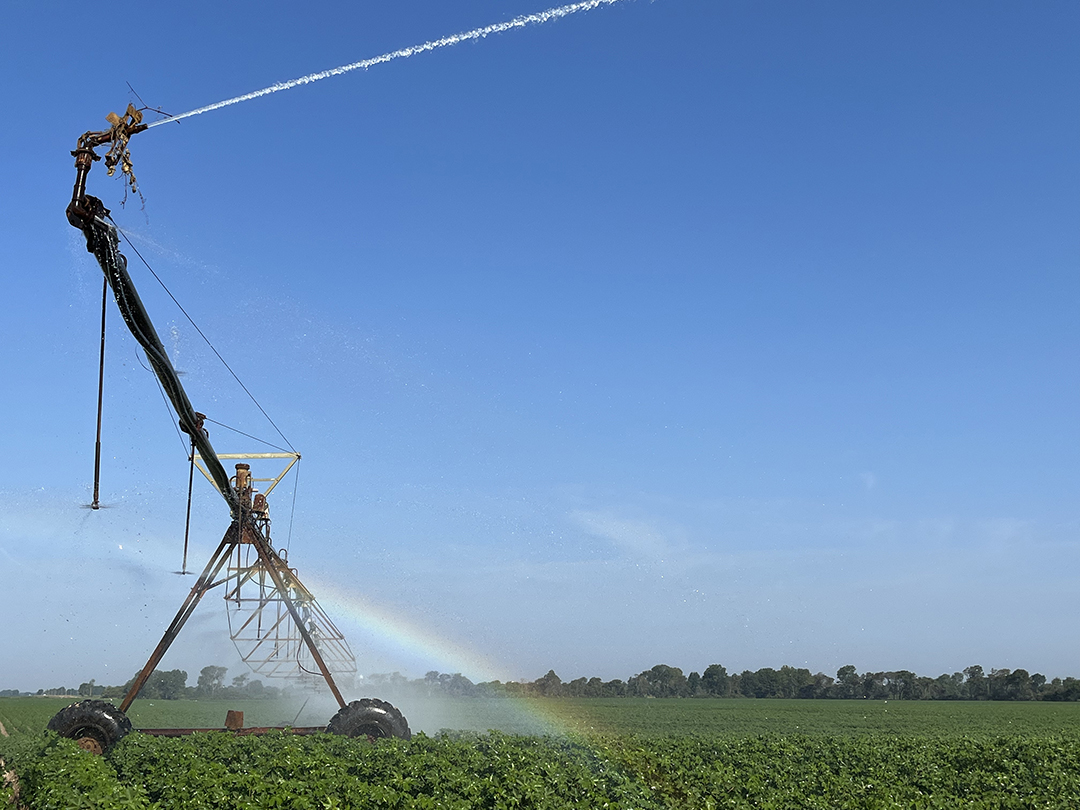
A pivot irrigation system keeps the field watered during the dry months of summer.
-
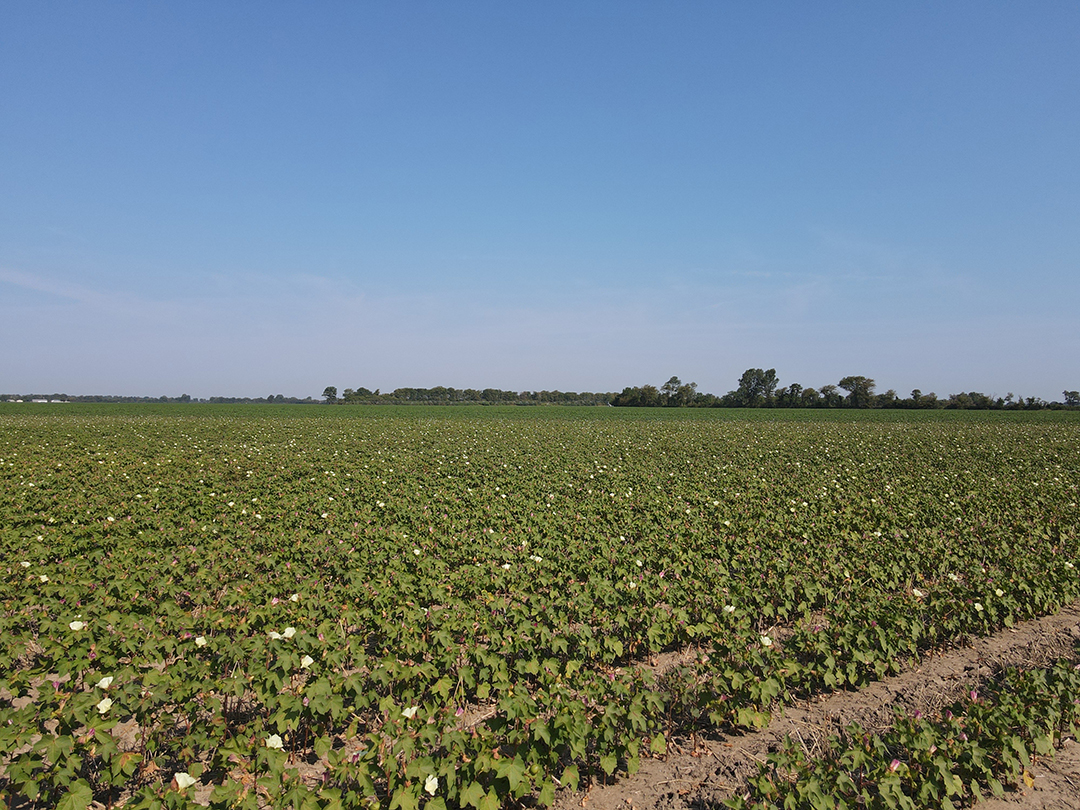
Cotton blossoms spring up from the plants prior to turning to bolls.
-
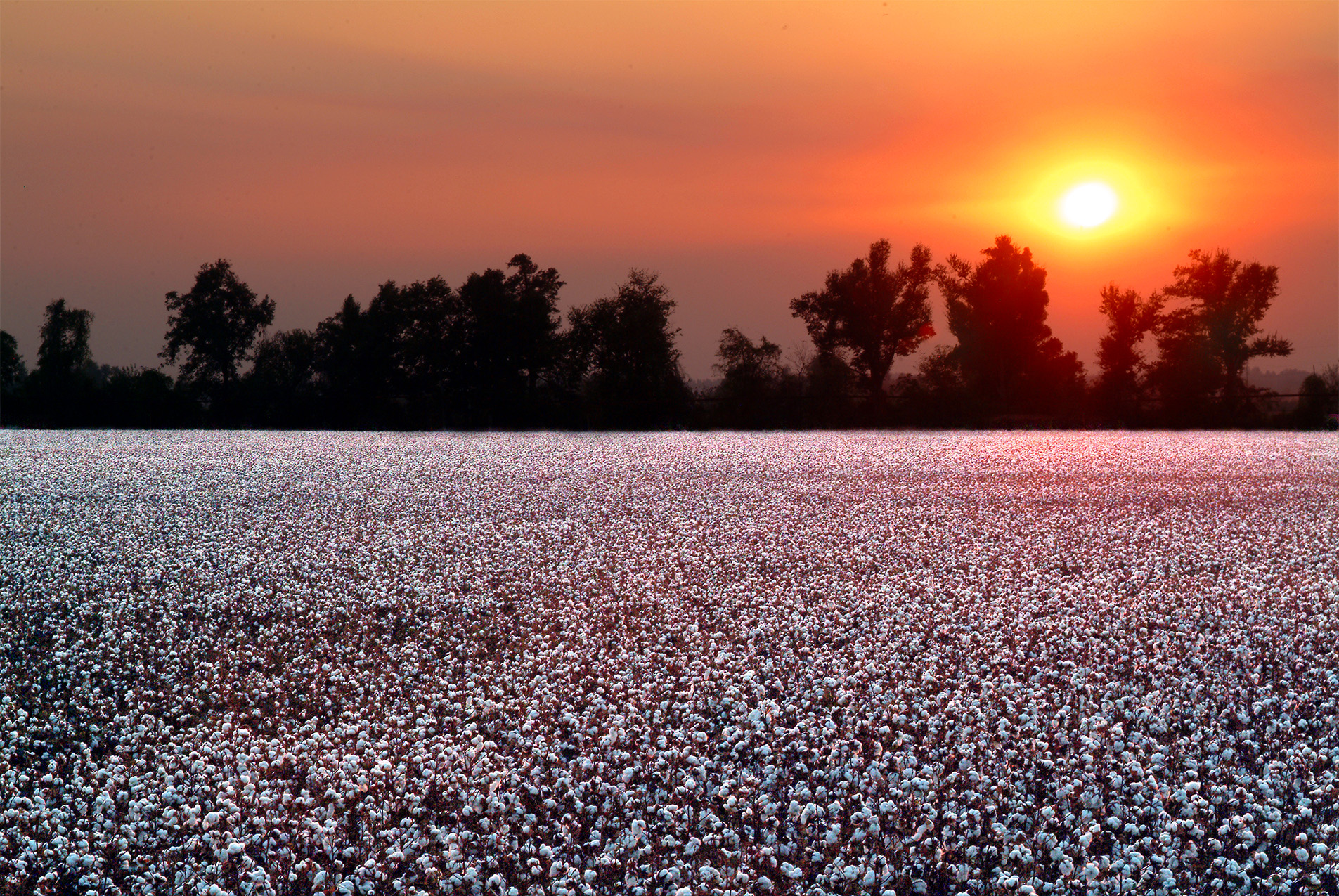
Bootheel Sunset
-
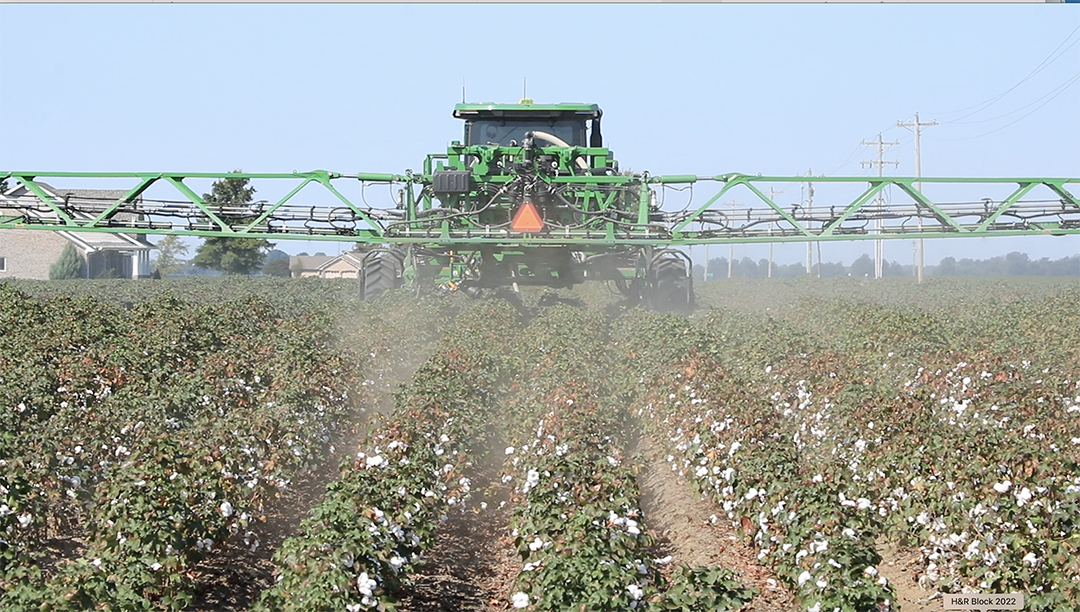
Once bolls are open, the fields are defoliated after which the plants will drop their leaves.
-
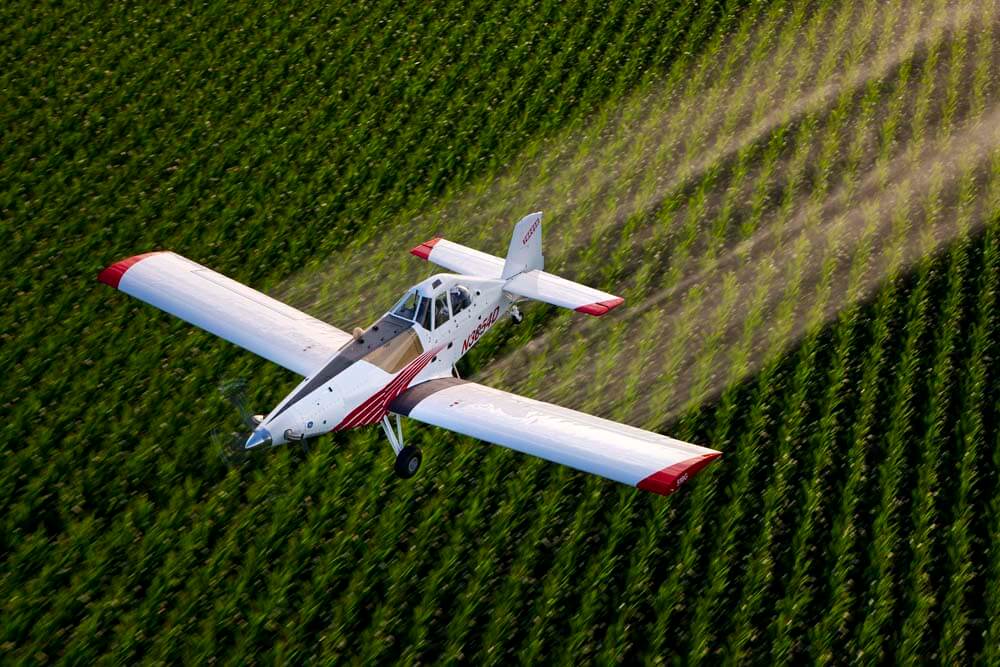
Some open fields are defoliated by planes.
-
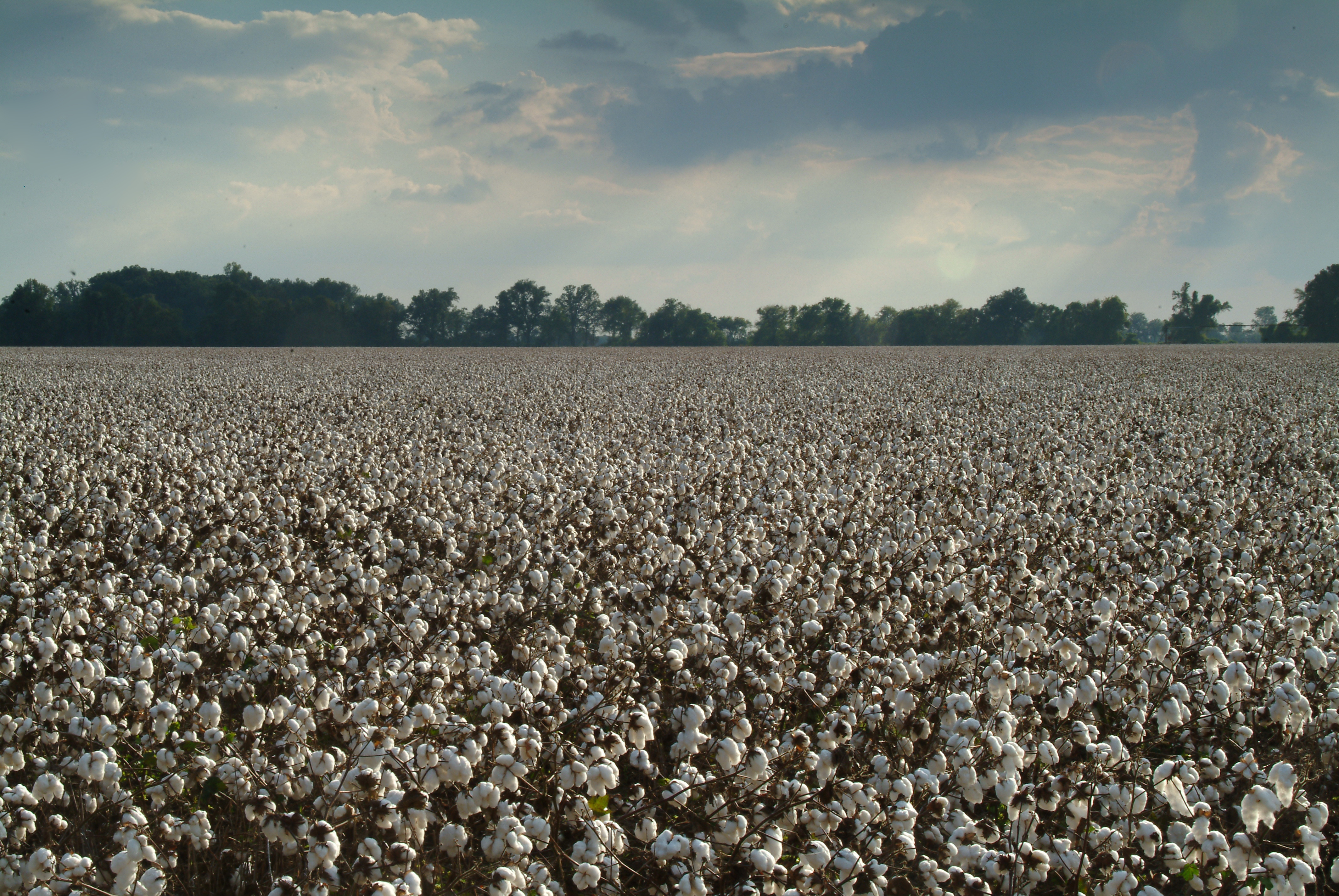
The cotton is ready to pick.
-
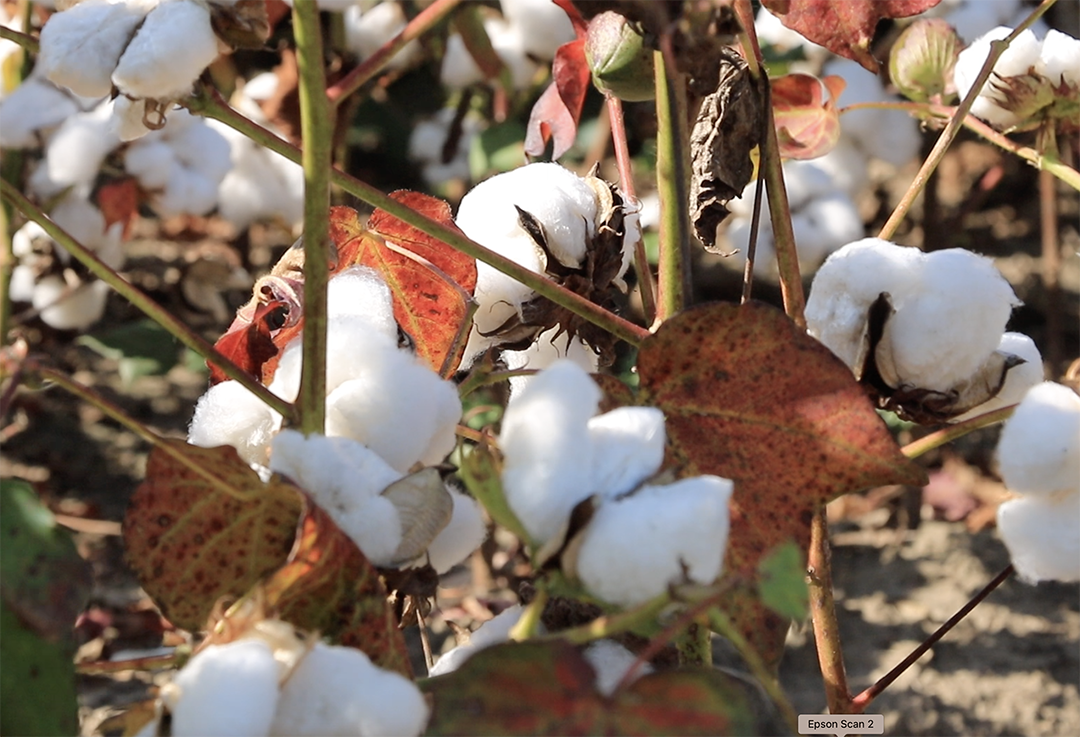
Cotton bolls begin to open.
-
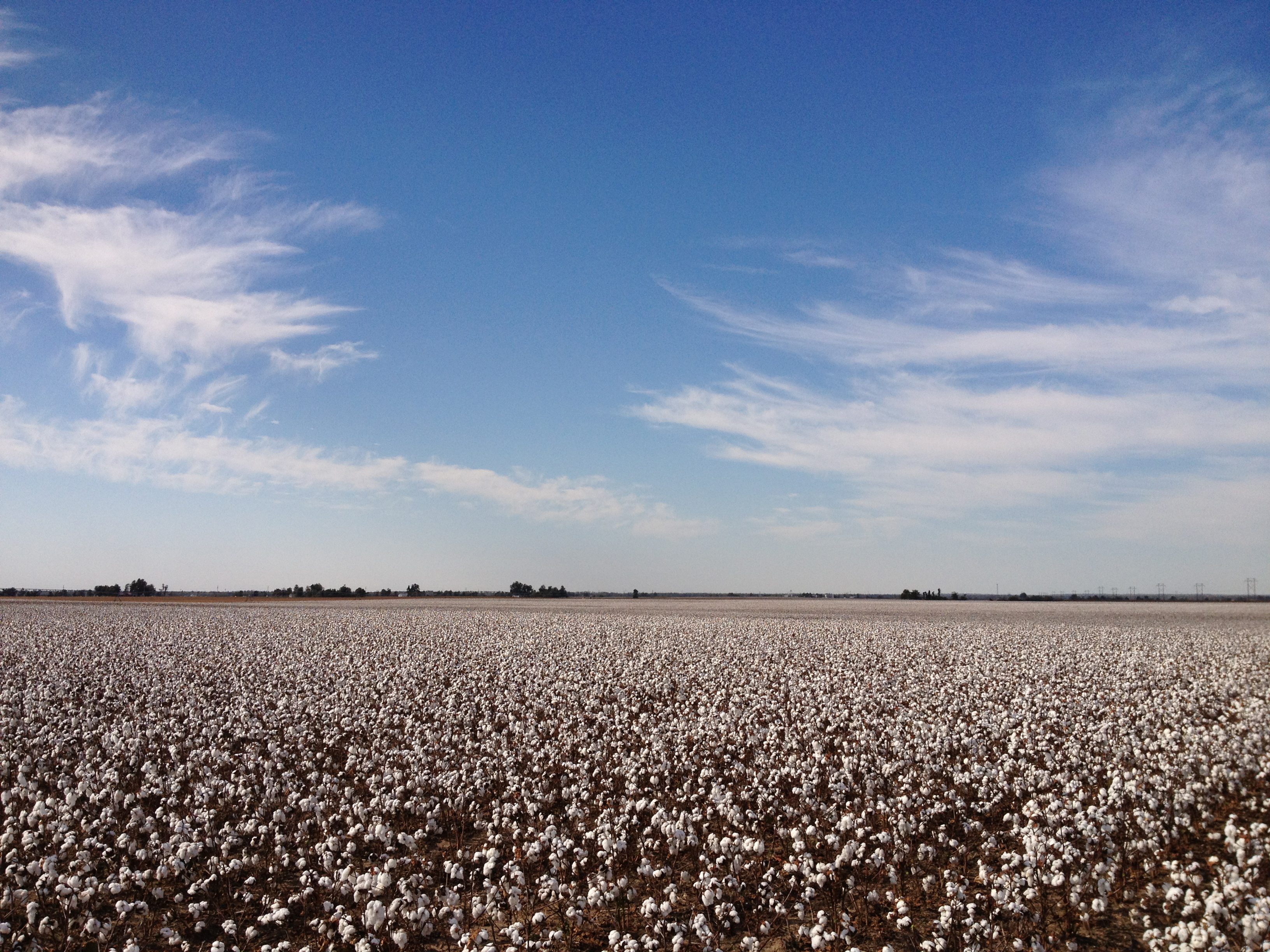
Harvest time.
-
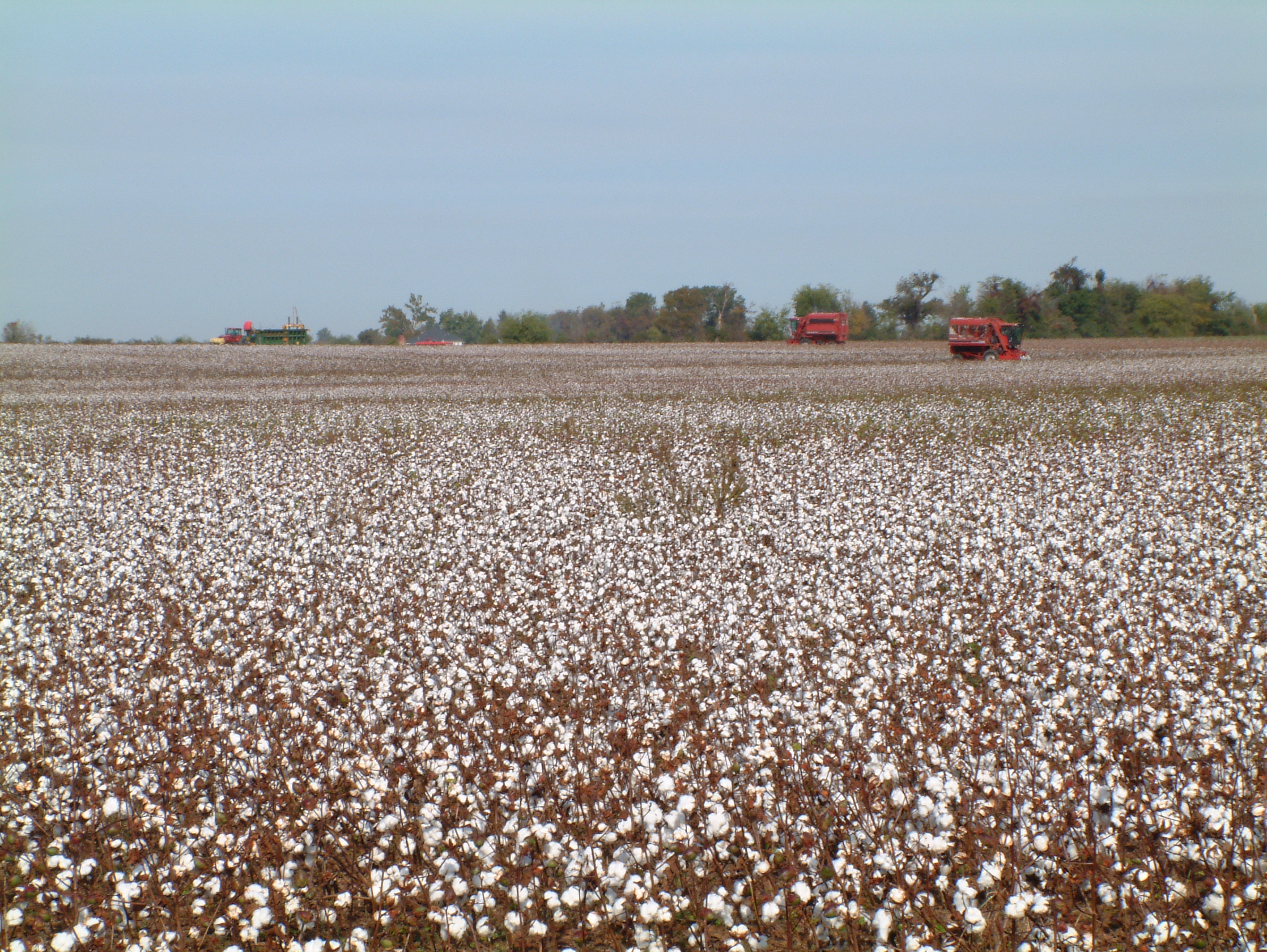
Cotton pickers traverse each field multiple rows at a time.
-
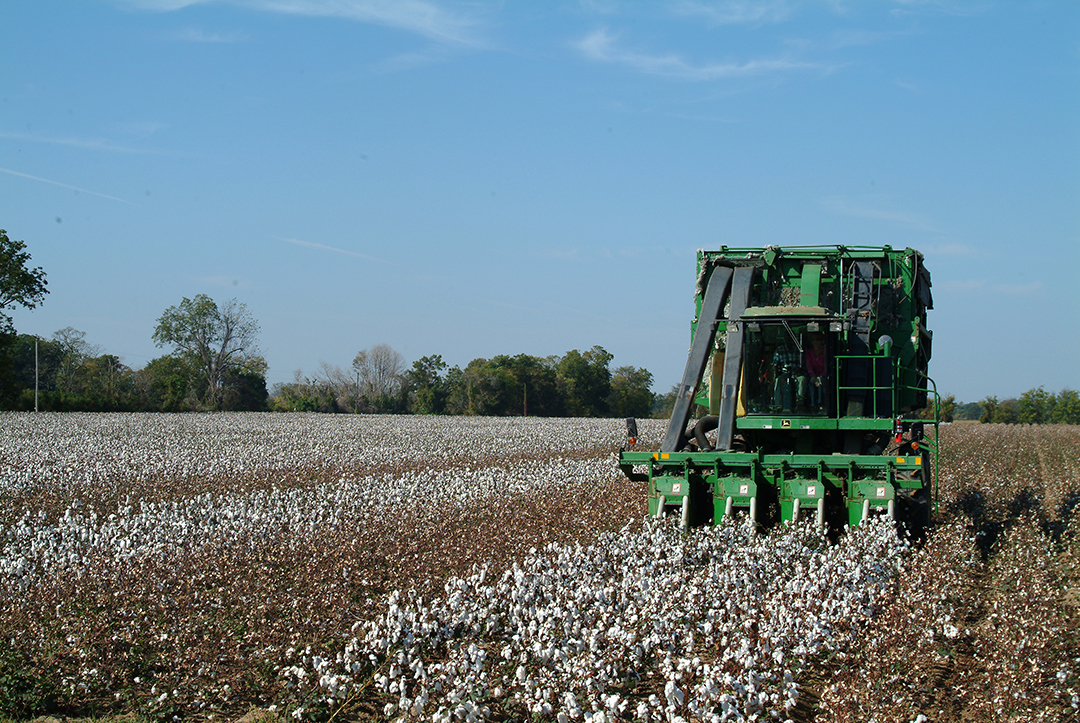
A four-row picker clears a field.
-
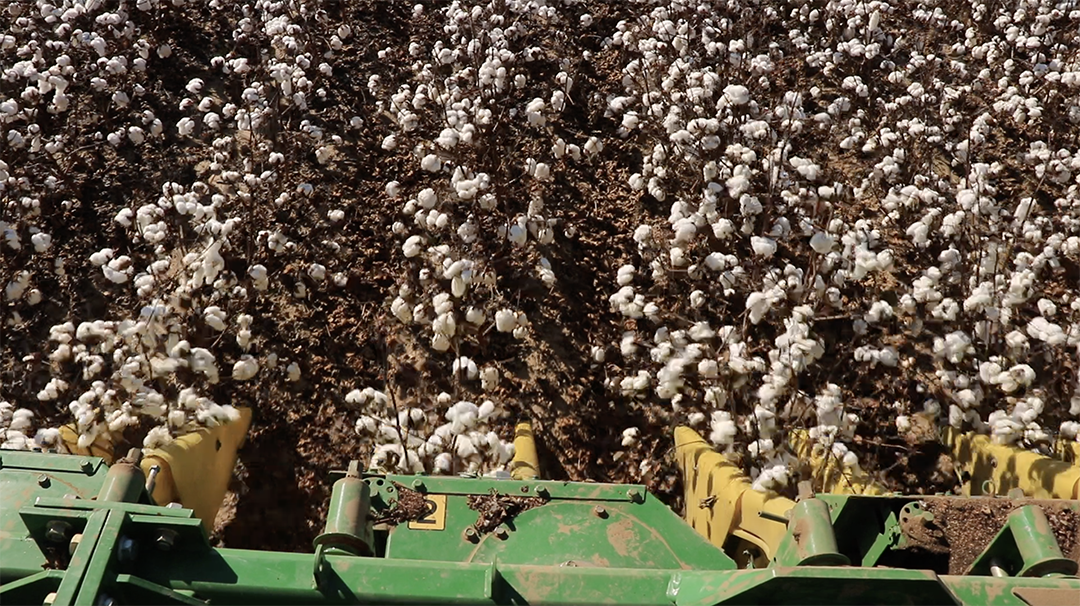
The cotton picker pulls the cotton from the stalk and bales it on the move.
-
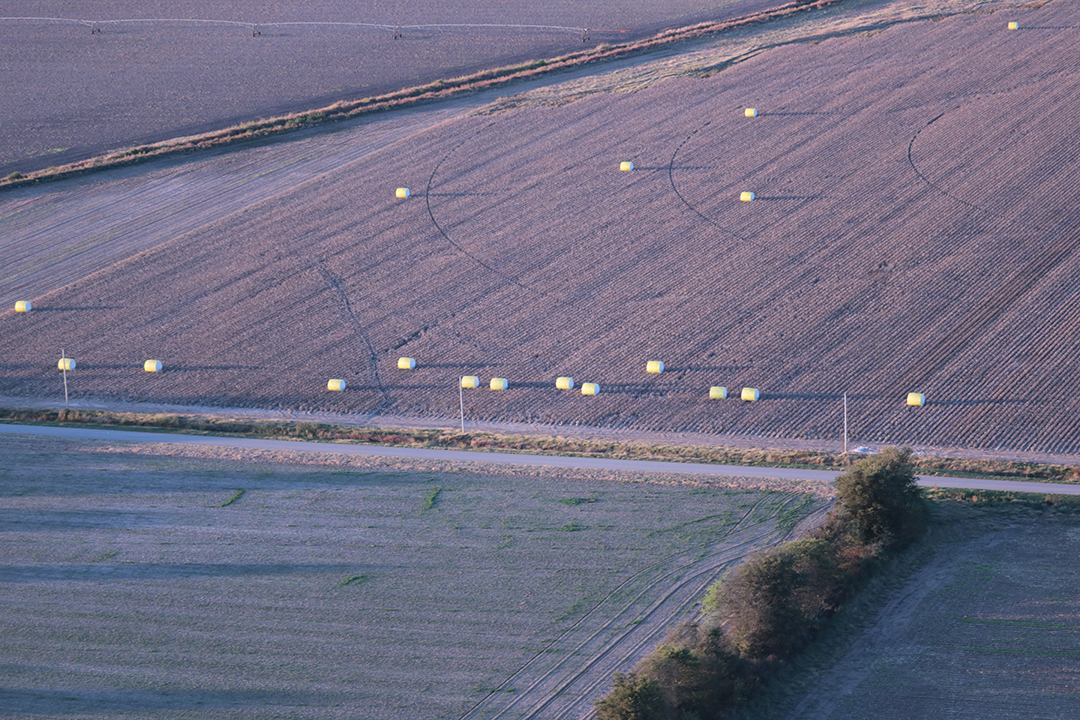
Picked cotton is packed in round bales that are left in the field to be picked up by a local gin.
-
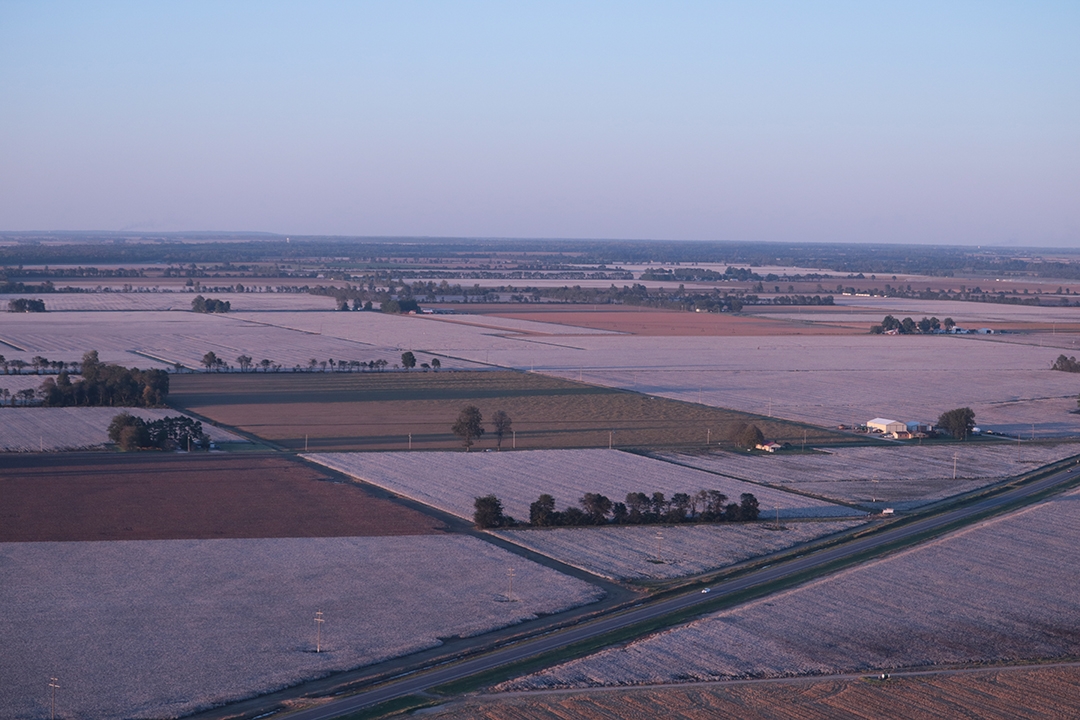
Cotton for miles around.
-
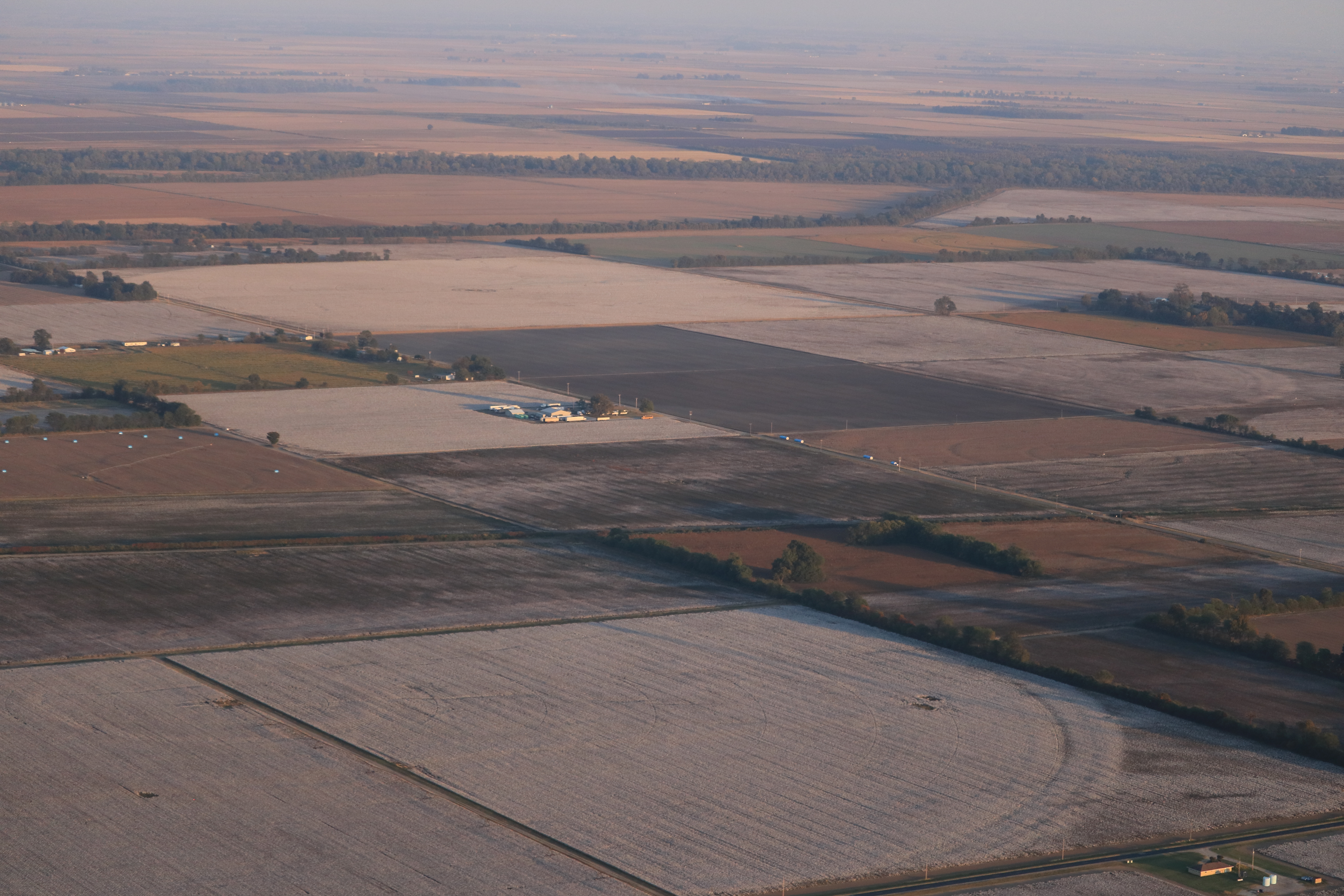
Cotton for miles around.
-
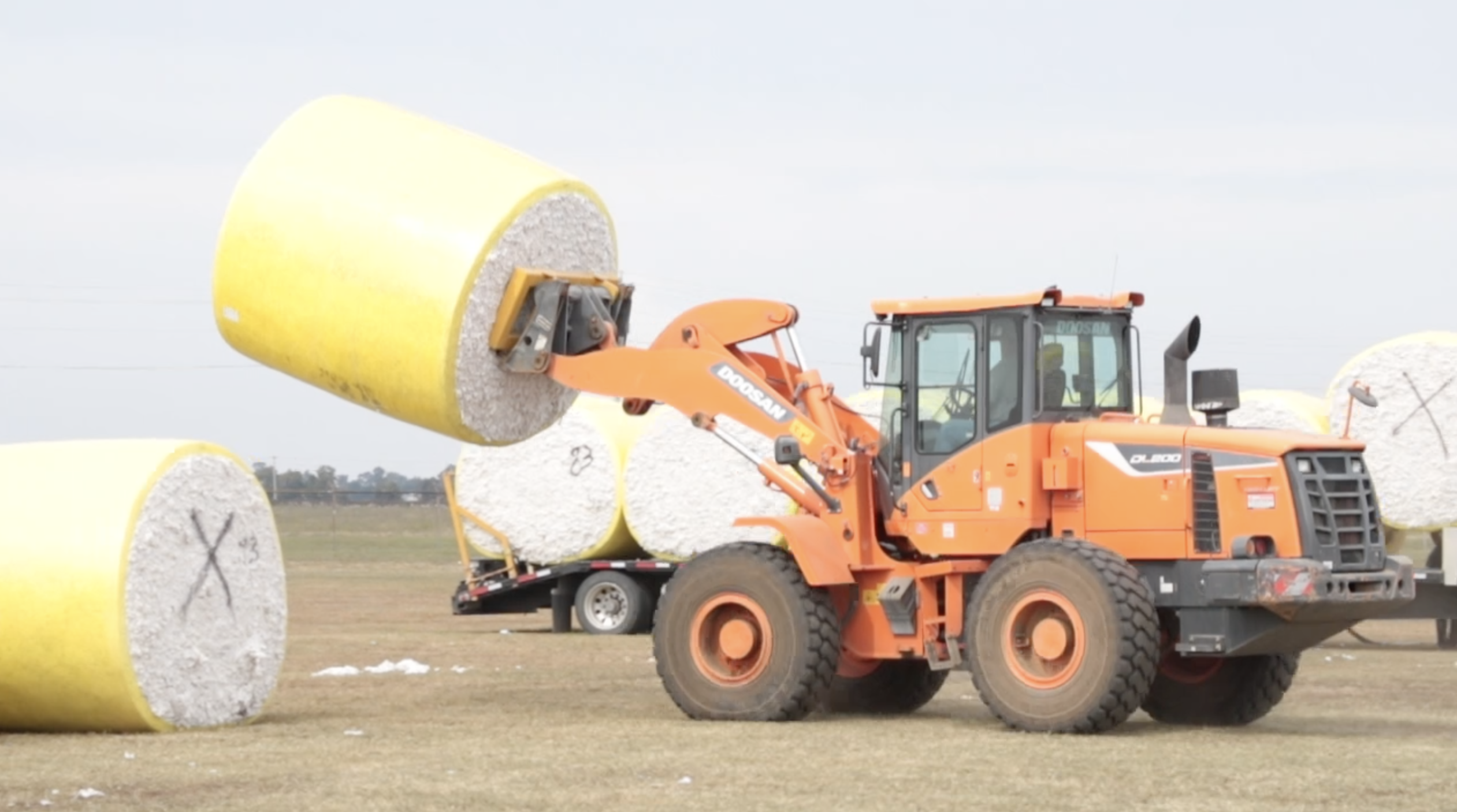
The cotton bales are transported to a local gin where they are offloaded.
-
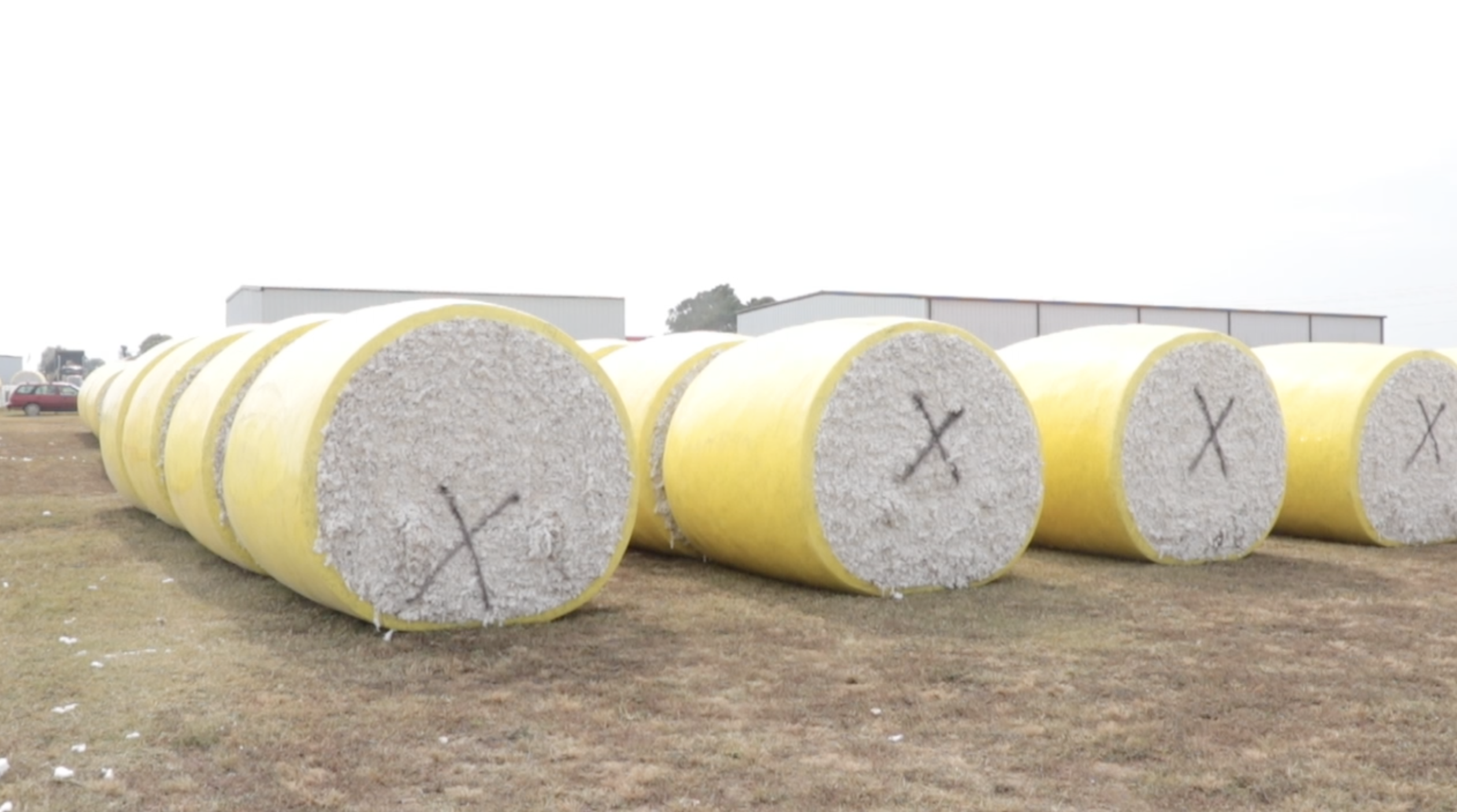
The bales will remain on the lot until ginning.
-
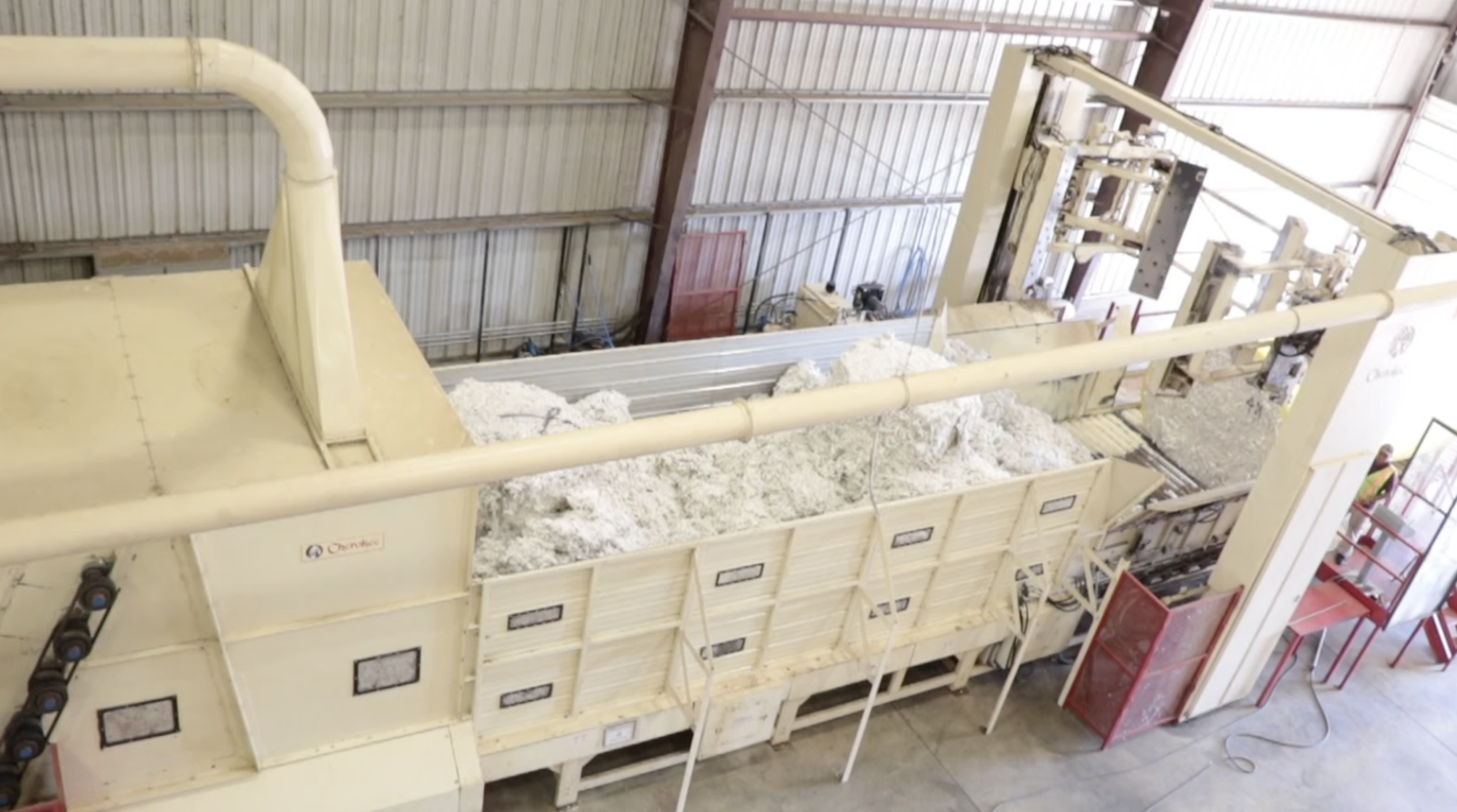
The packed bales enter the gin where they are torn apart to be cleaned.
-
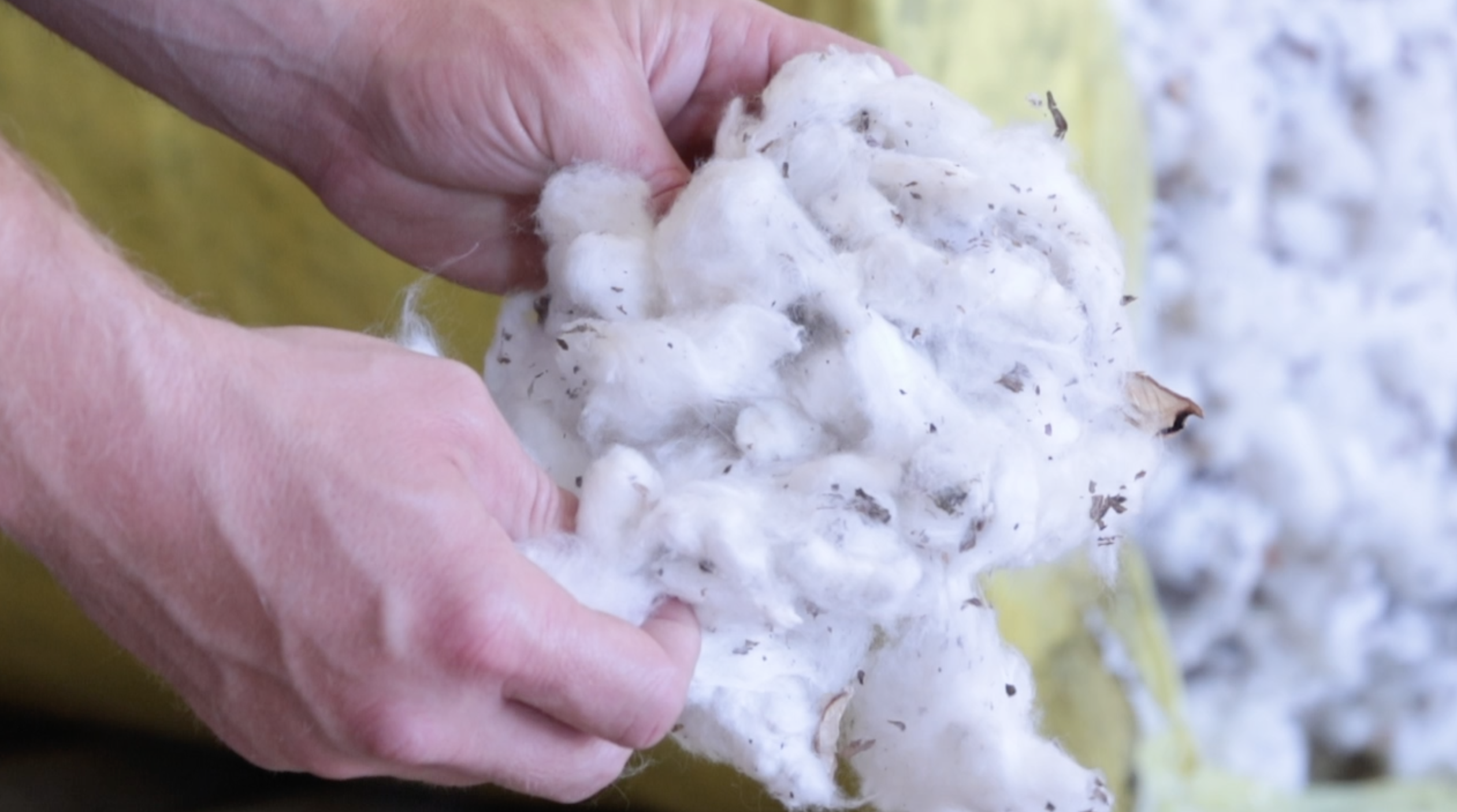
The raw cotton contains dirt leaves and seeds that will be removed during the ginning process.
-
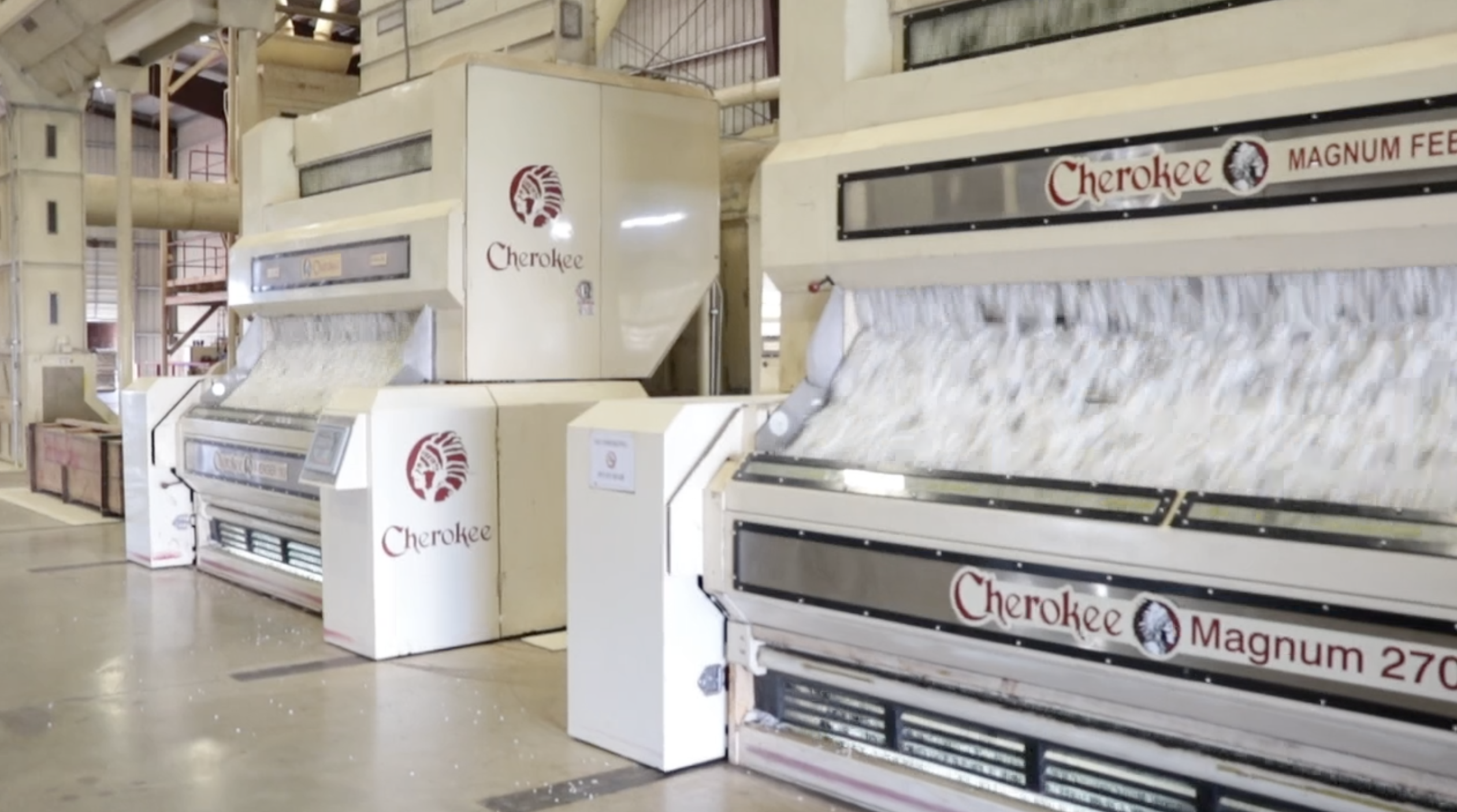
The ginning process begins.
-
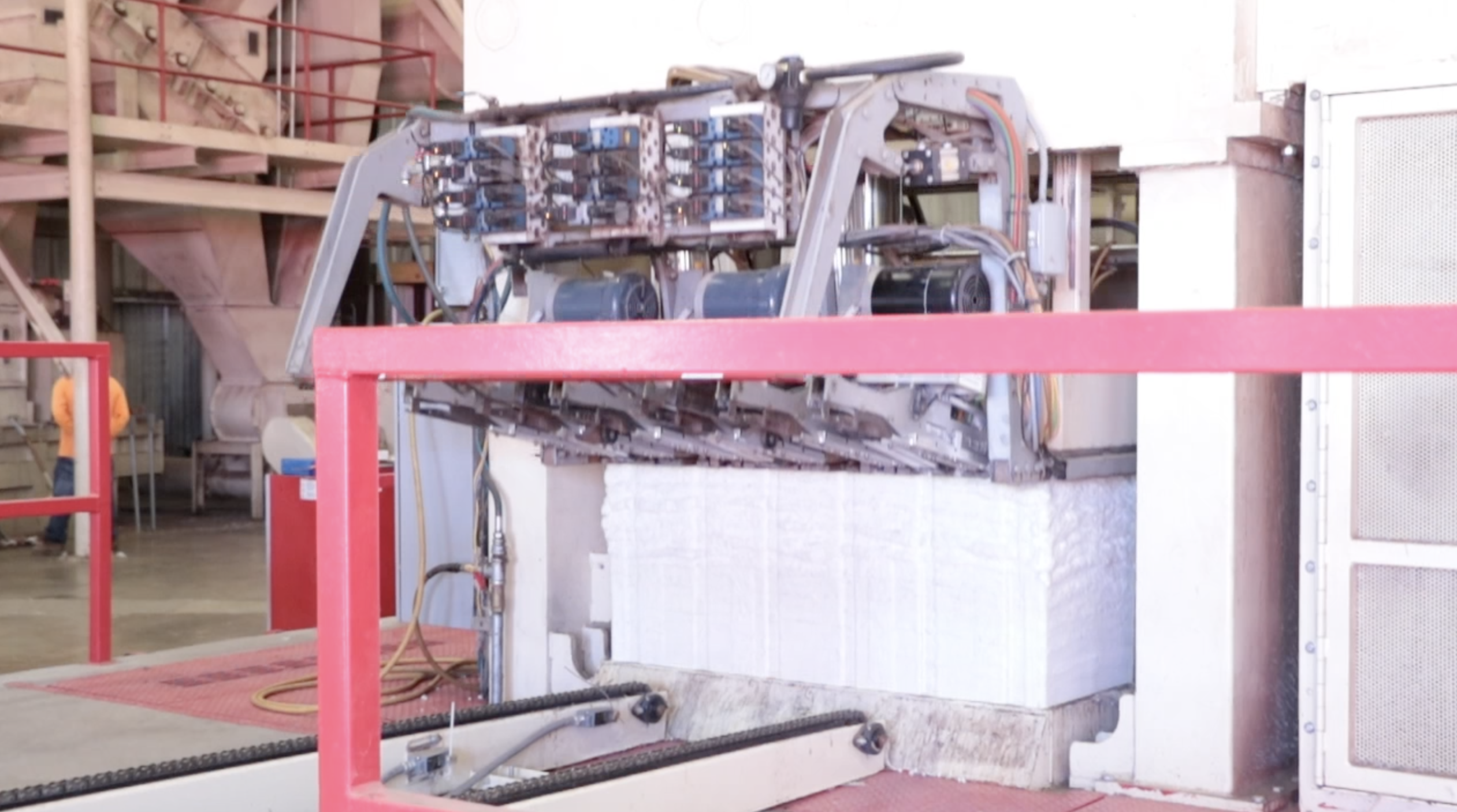
Once the cotton is cleaned, it is compressed into bales that will be sold.
-
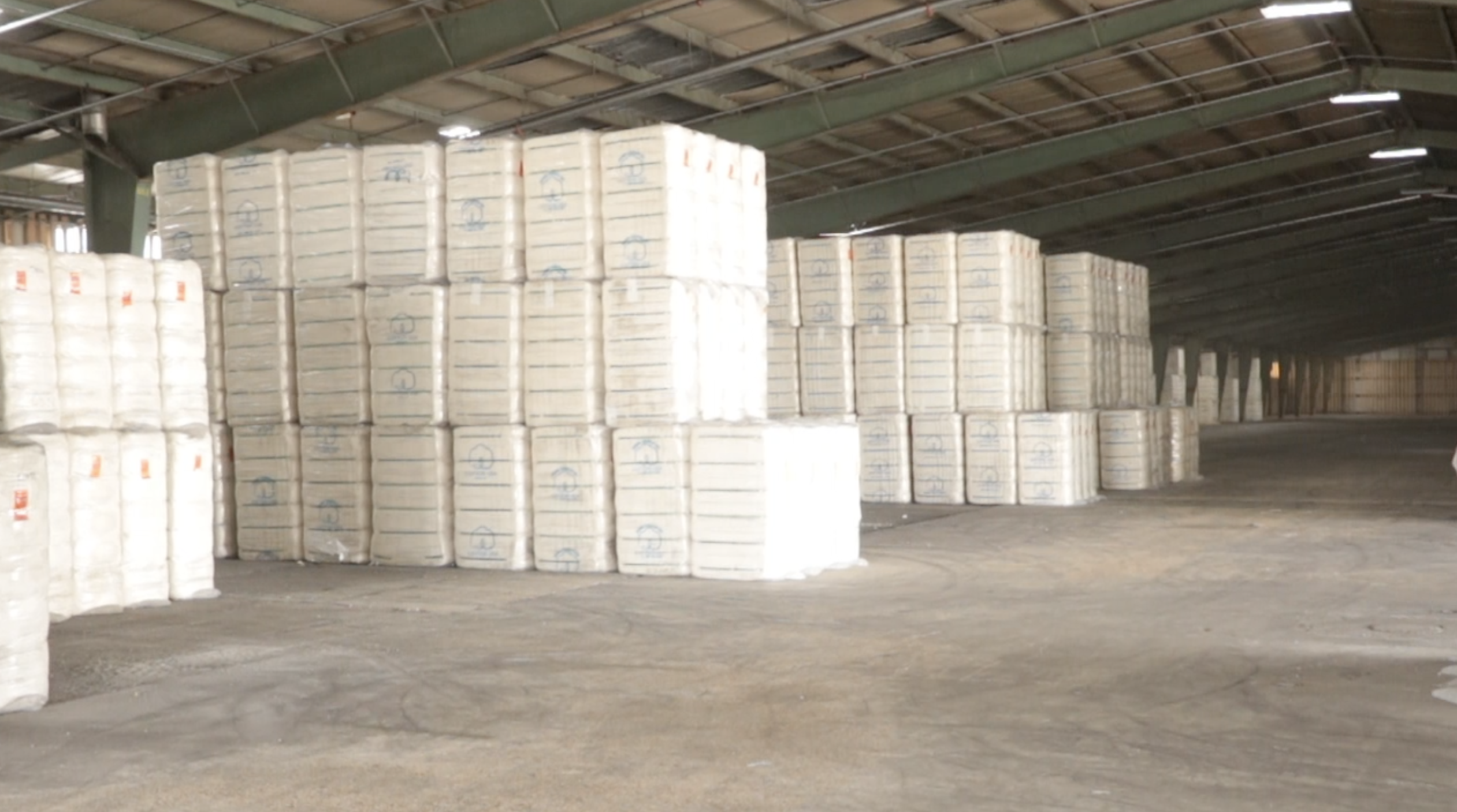
The bales will remain in a warehouse until they are sold.
1601 First Street
Kennett, Missouri 63857
(573) 888-5828 • Contact Us

